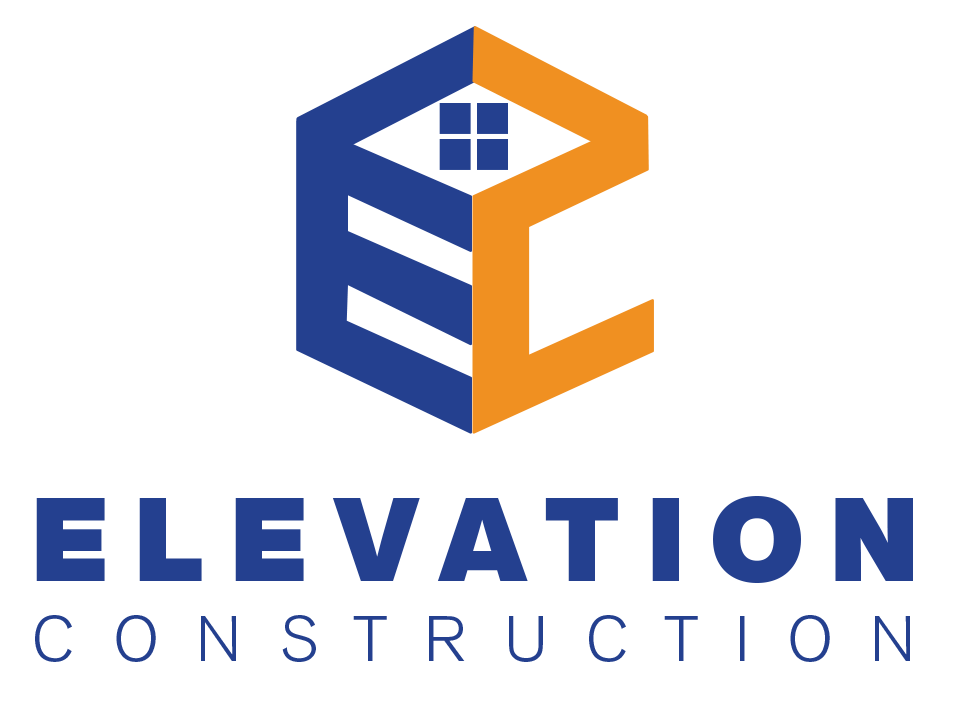Using an SBA loan to fund a commercial construction project can be a smart move for business owners looking to expand or build out their commercial space. These loans are specifically designed to provide small businesses with access to capital that might otherwise be out of reach. However, the process of using an SBA loan for construction comes with its own set of requirements and challenges that both the borrower and the general contractor need to navigate.
Getting Started: Approval and Documentation
One of the first steps in using an SBA loan for your commercial construction project is ensuring that your general contractor is approved by the bank. Unlike more straightforward financing options, SBA loans involve a thorough vetting process. This typically includes the contractor providing a company resume and possibly references that highlight their experience and reliability in handling similar projects. The bank wants to ensure that the contractor has the necessary expertise to deliver the project on time and within budget.
The contractor’s contract will also be subject to review by the lender. This review process is critical because the bank needs to ensure that certain clauses are included in the contract to satisfy its requirements. For example, the contract must outline specific timelines, budget allocations, and contingencies for any potential delays or cost overruns. These clauses protect the lender’s investment and ensure that the project will be completed according to the agreed-upon terms.
Insurance and Bond Requirements
In addition to general liability insurance, which is standard for most construction projects, SBA lenders often require additional insurance or a performance bond specifically for the project they are funding. This added layer of protection is designed to cover the bank’s risk in case something goes wrong during the construction process. The performance bond, for instance, guarantees that the contractor will complete the project as per the contract, or the bond will cover any financial losses incurred by the lender.
The Payment Structure: No Upfront Deposit
One of the significant differences between a standard construction project and one funded by an SBA loan is the payment structure. Typically, contractors require a deposit before starting work to cover initial costs such as materials and labor. However, when dealing with SBA loans or other commercial lending products, the contractor does not receive any upfront payment. Instead, the payment is made through a draw system based on the percentage of work completed.
This draw system can be challenging for contractors who are not familiar with the process. Once a certain portion of the project is completed, the contractor must submit the necessary paperwork to request a draw from the lender. This paperwork includes detailed invoices, proof of work completed, and other documentation that the bank requires to release funds.
Inspection and Payment Delays
After the paperwork is submitted, the lender will schedule a third-party inspector to verify that the work has been completed to the agreed-upon standards. This inspection is a crucial step in the draw process, as the bank relies on the inspector’s report to authorize payment. Depending on the lender’s terms, it can take anywhere from 5 to 30 days after the inspection for the contractor to receive payment. This delay can strain the contractor’s cash flow, especially if they are managing multiple projects simultaneously.
The draw process continues throughout the project until completion. In many cases, the lender will withhold 10% of the loan amount until all inspections are completed, and a certificate of occupancy is issued. This retainage is another safeguard for the lender, ensuring that all aspects of the project are finalized before the contractor receives full payment.
The Importance of Experience
Given the complexities involved in using SBA loans for commercial construction, it’s essential to work with a general contractor who has experience with these types of projects. Not all contractors are equipped to handle the detailed documentation, inspection requirements, and payment delays that come with bank-financed construction. Choosing a contractor who is familiar with the process can prevent costly delays and ensure that your project is completed on time and within budget.
At Elevation Construction, we have extensive experience working with commercial loan products, including SBA loans. We’ve completed over $6 million worth of commercial buildouts that required bank draws, and we have developed efficient internal processes to streamline the draw process. Our team is skilled at managing the paperwork, coordinating with lenders, and ensuring that every dollar is accounted for.
Conclusion
Using an SBA loan to fund your commercial construction project can be an excellent way to secure the necessary capital, but it requires careful planning and execution. From contractor approval and insurance requirements to the draw process and payment delays, there are many factors to consider. By choosing a general contractor with experience in commercial construction and SBA loans, you can navigate these challenges more effectively and bring your project to successful completion.
If you’re looking for a contractor who can handle both the construction and the financial aspects of your project, Elevation Construction is here to help. We have the experience, the expertise, and the dedication to ensure that your commercial buildout is completed to the highest standards.

